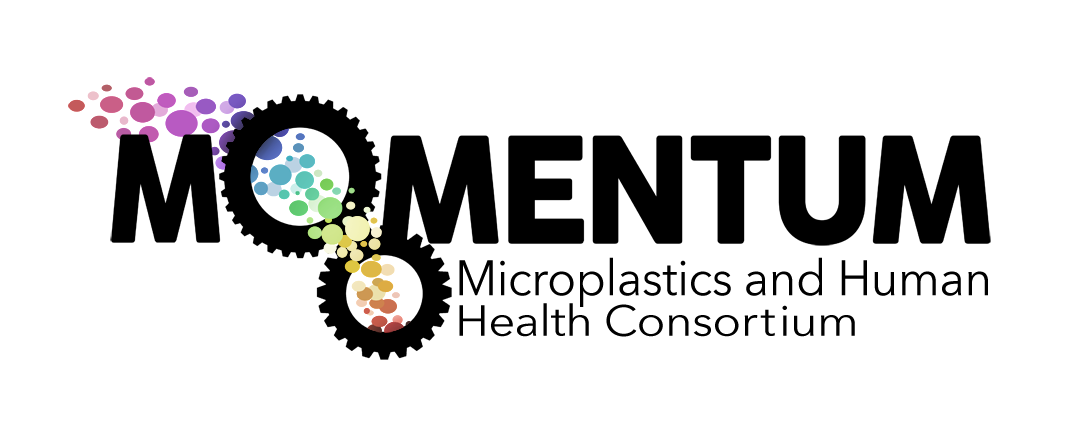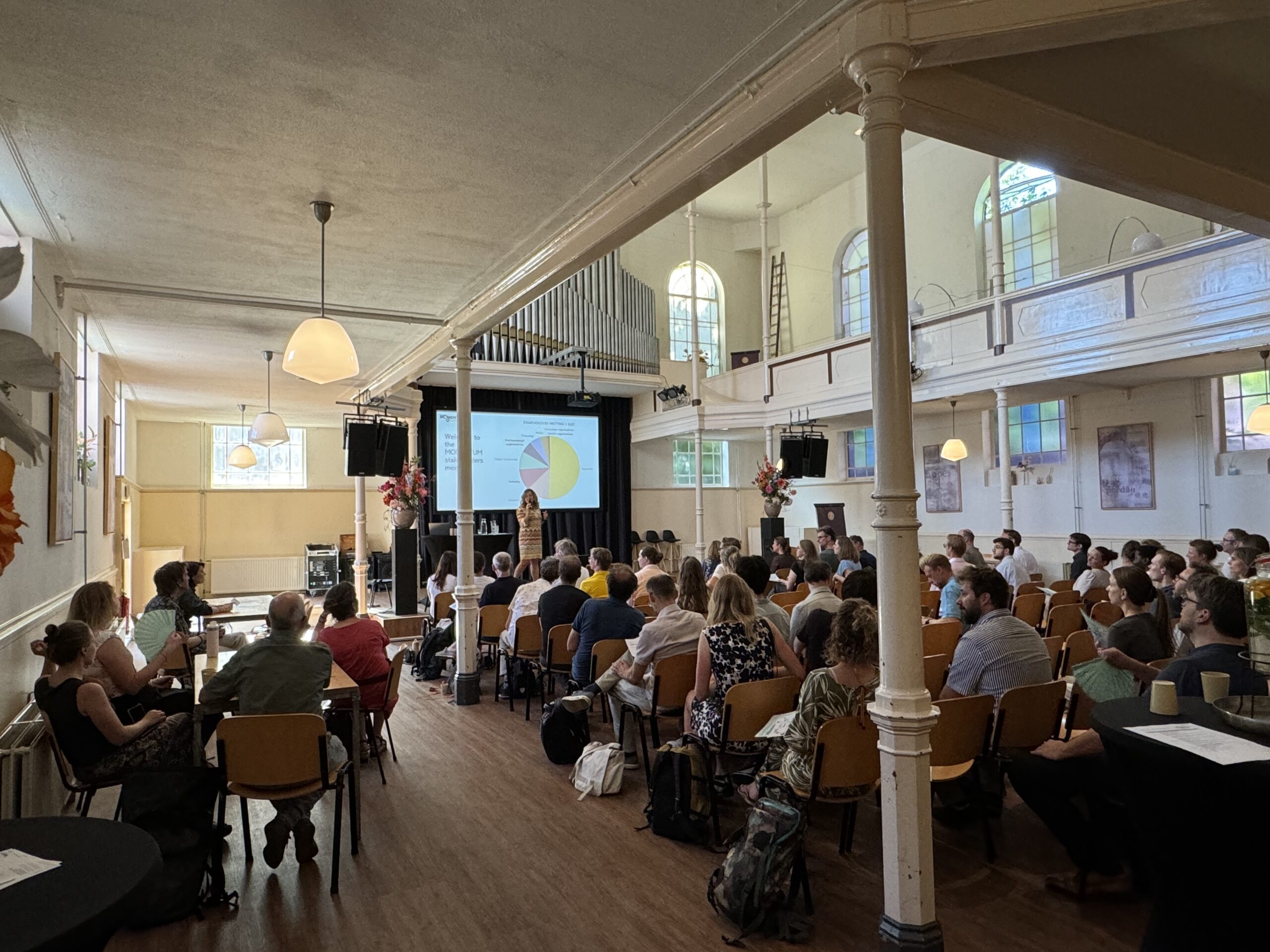News
Growing collaboration in microplastics research
Research into the health effects of microplastics has already yielded a great deal of knowledge. For example, it has been shown that micro- and nanoplastics are present throughout our bodies and may pose health risks, particularly in the lungs. There is also a well-functioning research infrastructure thanks to the MOMENTUM consortium and the associated breakthrough projects.
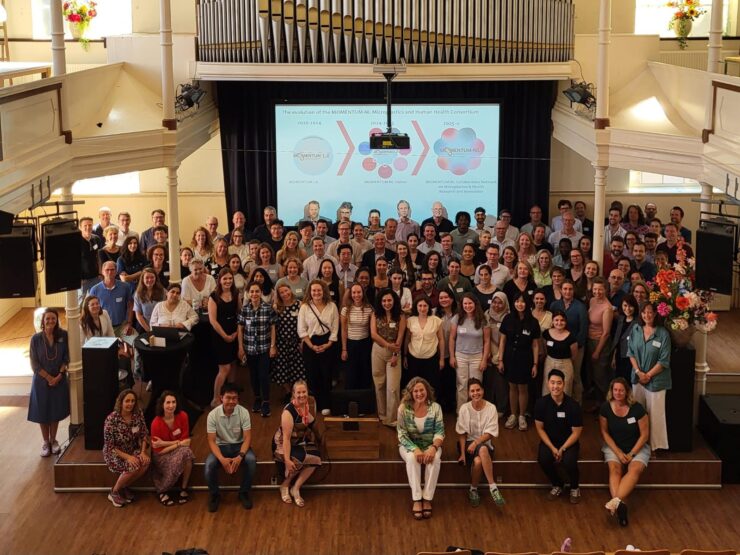
On June 30 and July 1, the MOMENTUM consortium for microplastics and human health organized a scientific conference and a stakeholders meeting in Utrecht. The consortium and its associated breakthrough projects originated from the ZonMw program Microplastics & Health. This collaboration has already generated a wealth of knowledge relevant to policy, society, and the economy. It has also educated scientists and students who are now working in a variety of places.
The First Harvest of MOMENTUM
At the scientific conference and stakeholders meeting, participants repeatedly emphasised the importance of collaboration. Thanks to mutual agreements on research approaches and measurement methods, researchers were able to gather a substantial amount of knowledge in a relatively short time. MOMENTUM also developed techniques to produce micro- and nanoplastics (MNPs) from various types of plastic (polymers), which researchers can use to study health effects in a standardised way in the laboratory.
MOMENTUM has demonstrated that MNPs can, in principle, penetrate all of the body’s barriers and can even be found in the brain and the uterus. There is also growing evidence that exposure to MNPs can have harmful effects. Especially in the lungs, but they can also cause or exacerbate inflammatory responses in other parts of the body. MOMENTUM partners developed a roadmap for assessing the health risks of MNPs, which has revealed ‘blind spots’ that still need to be addressed by further research.
More Results on the Way
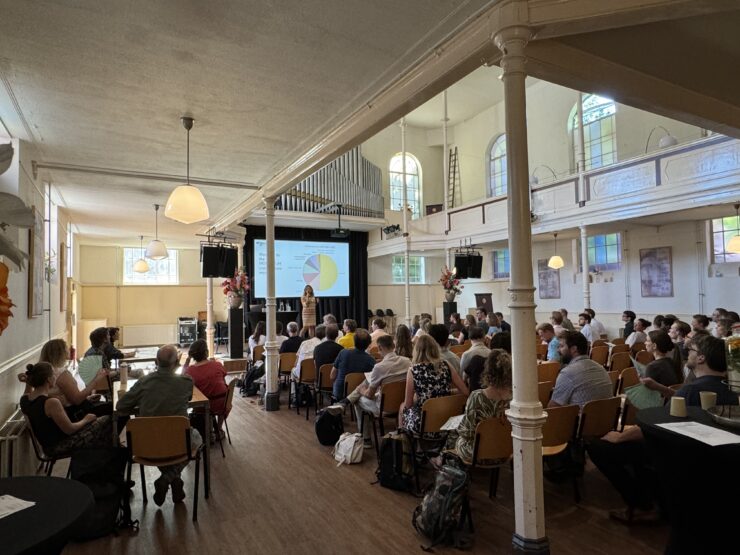
A tour of the various presentations and posters at the conference revealed that many more results are on the horizon. Some of these findings have not yet been published in the scientific literature, so we can expect many more findings in the coming years.
The seven breakthrough projects, which began at the end of 2023, have also yielded new insights. For example, the ATHENA project developed a method to assess the quality of scientific publications on MNPs. This showed that the quality of international research and reporting still needs improvement. However, we can already conclude that more than three-quarters of MNPs enter the body via the lungs—mainly as tiny fibres from household dust.
Lively Discussions
At the stakeholders meeting on July 1, researchers engaged in conversations with policymakers, industry partners, interest groups, and other stakeholders. Among the topics discussed was the roadmap for risk assessment and policy measures developed within the European CUSP consortium. The MicroPlastics Index was also presented—a metric that predicts how many MNPs of various sizes a given plastic may release.
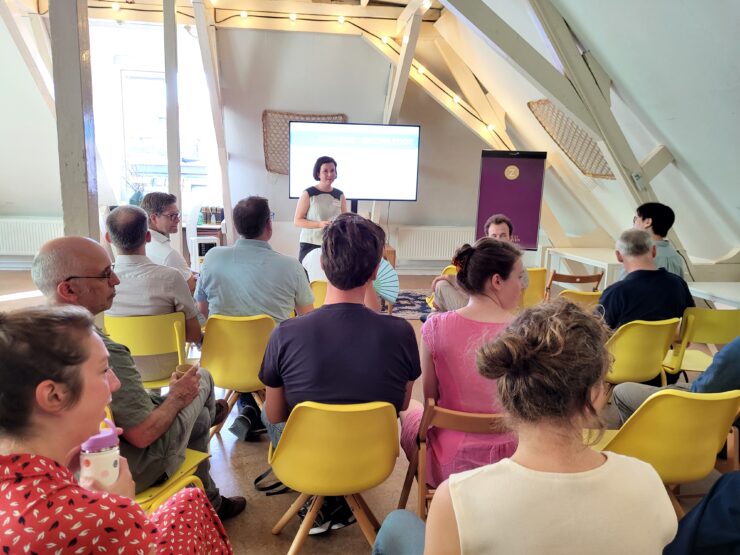
One of the workshops focused on the FLES project, which examines MNPs released from bottles used to feed babies with formula or expressed breast milk. The project also explores parents’ attitudes and their choices between plastic and glass bottles. The workshops further explored potential policy measures, the development of environmental standards for MNPs, strategies to encourage behavioral change, and ways to motivate people to take action to address the microplastics issue.
Precaution
Even though we do not yet fully understand all the risks of various MNPs, there is already much we can do. On this point, the participants of the meeting were in full agreement. The release of and exposure to MNPs can be reduced through regulation and technological innovation. Public education and dialogue can help individuals make well-informed choices. The participants recommended paying extra attention to vulnerable groups such as children, to long-term and/or continuous exposure, and to the feasibility of individual changes—for example, in terms of cost and effort.
Despite the substantial amount of knowledge gained in a short time, it is clear that we still lack sufficient understanding to take targeted measures to protect our health. ZonMw is therefore working on a follow-up to the Knowledge Agenda, which will be published in the autumn of 2025. A first glimpse of it was shared during the stakeholders meeting in the form of a factsheet.
Text: Pieter van Megchelen
